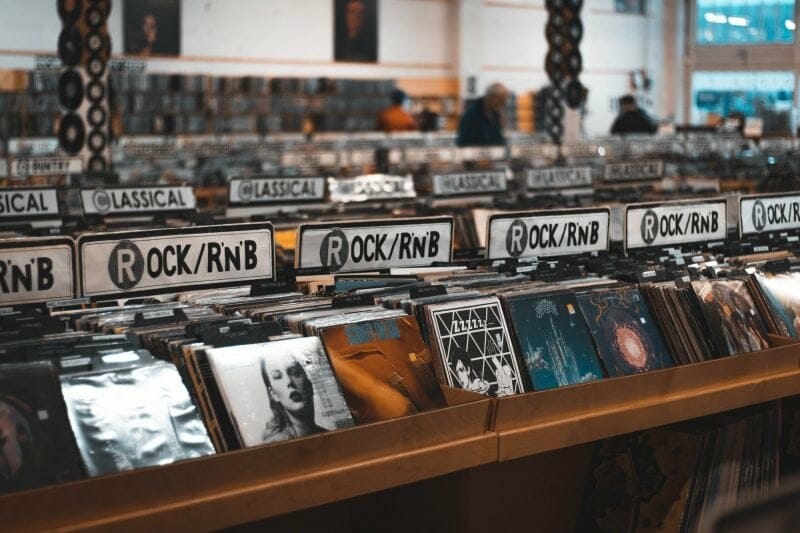Looking to share your songs with the world? Releasing an EP is a great way to get your name out there and start turning your passion for music into a career!
But you won’t get the response you’re looking for if you don’t follow the right steps. This definitive guide will help you get the most out of your EP release.
What Is an EP?
An EP is a collection of music that’s longer than a single and shorter than an album.
Artists often release an EP when they want to grow their audience or experiment with new styles.
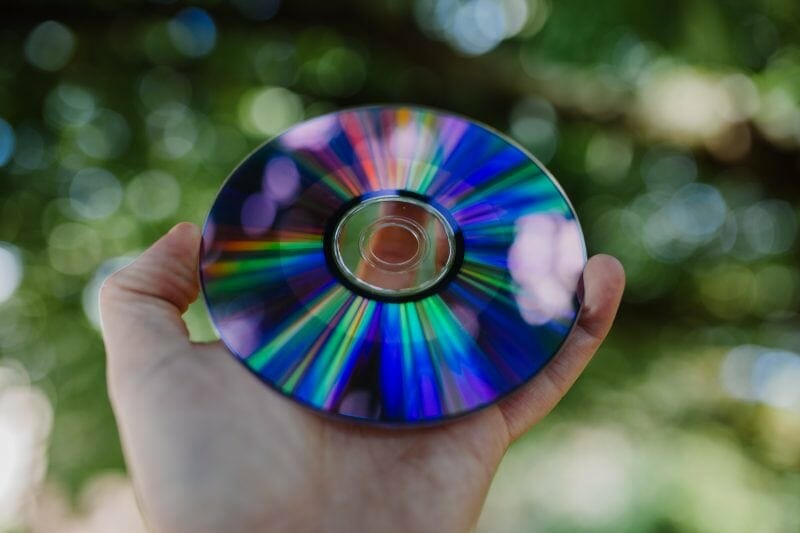
If you’re a new artist building up an audience, singles and EPs may be perfect for you! They’re cheaper to make.
Plus, you can release them more frequently. Which gives you more opportunities to garner press.
If you’ve already got a solid fanbase, EPs are a great way to try out new sounds.
Releasing a full album of material in a new style might alienate your audience. But if you warm them up with an EP, they’re more likely to embrace your new direction.
How Long Is an EP?
EPs are usually made up of 4–6 songs and are less than 30 minutes long.
Spotify and iTunes classify anything under 4 tracks as an EP and anything over 6 as an album. So 4–6 songs is the sweet spot.
iTunes will make an exception if your release has 1–3 songs and one of those songs is 10 minutes or longer. Then it’ll be an EP instead of a single.
Step 1: Creating the Music
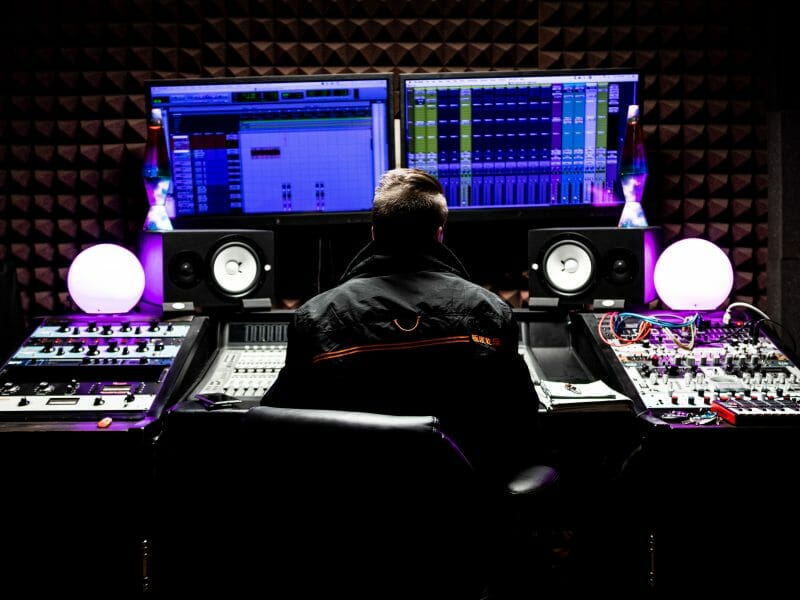
I’m guessing you’ve already got a few songs ready to go. If not, it’s time to start writing!
Since you’re putting these songs on the same release, aim for a consistent style. You may also want to have recurring themes in your lyrics to tie the songs together.
The songs on an EP should feel like they belong together. Otherwise, you might as well release them as singles!
Try to write at least seven songs. Then, pick the cream of the crop to go on your EP.
Your fans will be way more impressed by a brief collection of incredible songs than a big one packed with filler tracks.
So when deciding on the final tracklisting, focus on quality over quantity!
Once everything’s recorded, you’ll need to get your songs mixed and mastered.
I highly recommend you get someone else to master your music.
Even if you know how to master, it’s always best to get a fresh set of ears. By that point, you’ll have heard the mixes a ton, so you may have trouble being objective!
Step 2: Find a Distributor
Next you need to pick a company to distribute your EP.
CD Baby, TuneCore, and DistroKid are the most popular options. But they’re not the only fish in the sea.
There are tons of distribution companies, and they all have their own pros and cons.
Read up on what makes them different so you can make an informed decision.
I can say from personal experience that DistroKid and ONErpm are both solid. I’ve never had an issue using DistroKid.
The few times I’ve had any trouble using ONErpm, their customer service was quick and friendly.
That being said, you should still do your own research to find the best fit!
Step 3: Branding, Branding, Branding
Believe it or not, a crucial part of releasing music is figuring out your brand. That way, new listeners can get a strong idea of what you’re all about!
This can seem stiflingly corporate. But it doesn’t have to be.
This is less about finding the perfect niche and more about honing your message.
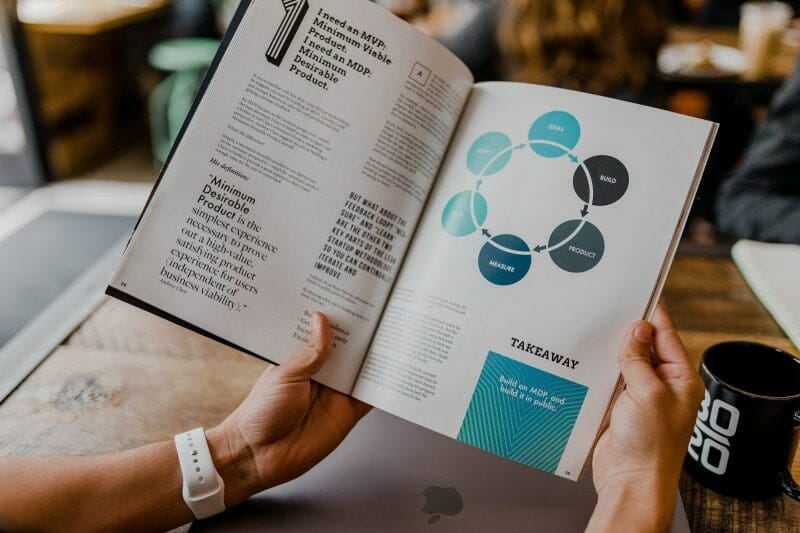
Pick a color scheme, recurring symbols, and a central idea to drive home. This makes sure your audience understands your art.
And you’ll be more likely to attract new listeners!
But what if I want to be mysterious? What if I want my music to be difficult to understand?
Branding can still help you there! Just look at Death Grips.
The point is to make sure your audience knows what ideas and images they’re supporting when they listen to you.
Step 4: Decide on a Release Date
This one’s simple but important! You need to decide what day your EP is going to come out.

In general, new releases happen on Fridays.
You don’t have to follow this norm. But you can if you want to.
Most importantly, you want to pick a week when there aren’t other huge media events. That’ll draw potential attention away from you.
So try to pick a week when there don’t seem to be any huge albums or movies coming out.
Step 5: Pick a Single. Better Yet, Pick Two!
Releasing an EP is great. But you should still release singles as well!
For most artists, singles are the most effective way to find new listeners.
Spotify now allows you to submit songs to their editorial playlists.
Songs on these playlists can rack up millions of streams per month. So getting a track on one would be huge for your career!
But here’s the catch, you can only submit one song at a time. If you just release an EP, you won’t be getting as much promotion as you could.
So release one or two singles ahead of the full EP.
If you make a music video for each single, you can maximize your social media engagement. You may even get some attention from blogs by doing so!
Step 6: Make a Press Kit
If you want press or people in the music industry to pay attention to you, you’ll need a solid electronic press kit (EKP).
Your EPK will serve as your one-stop shop for venues, blogs, and anyone else in the music industry.
It’ll help them quickly understand who you are and why they should pay attention to you. So they can get a better idea of how to promote you!
It also shows that you know what you’re doing. An impressive EPK will not only make their job easier, it’ll show them you care about the music you’re making.
Step 7: Releasing Your EP
So now all of the music is done. You’ve picked your distributor and released a single or two.
It’s time to put out the EP!
This is the fun part. You get to watch everyone react to the music you’ve made.
But your job isn’t over yet! You still need to try and reach new listeners.
Step 8: Promotion
You’ll want to promote your music heavily. That way you can expand your audience and show your current listeners you’re serious.
Plan a Release Show
Message some local venues you’re confident you could pack. Send them your EPK and see if any of them would be interested in hosting your release show.

This could be the day of the release, slightly before, or even after.
Get all your friends and fans to come out, and play through the full EP. Make sure you bring merch too.
If there are any music industry folks in your town, invite them! Send them a brief, friendly email letting them know about your show.
Even if they don’t make it out, you may end up on their radar!
But don’t stress about it too much. This night is about sharing your music with the people you care about.
So have fun with it!
Preshow Listening Party
Before the show, you might want to host a listening party.
It could be in your living room or somewhere else. Invite your friends and family to hang out and listen through the EP before the show.
If you’re like me, you may feel a little uncomfortable with this idea.
I don’t like drawing too much attention to myself (a great quality in a musician). So listening parties feel a little conceited.
Try not to worry about that too much. Releasing an EP is an awesome accomplishment.
And your friends will want to congratulate you! Give them a chance to show you how cool they think you are.
Submit Your Music to Blogs and Playlists
Whenever you release new music, you have a chance to get some press.
Tons of blogs and playlists are looking for new music to show off.
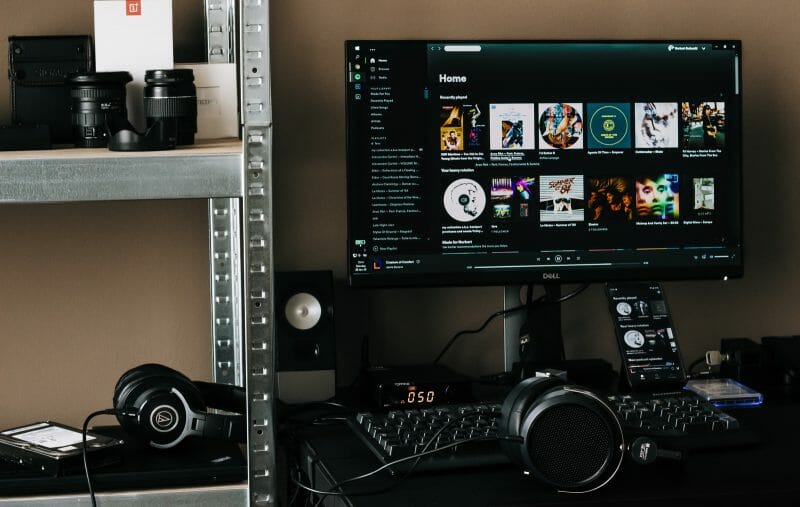
Look for blogs and playlists that cover your genre and contact them. Ask them if they’d be interested in sharing your music with their audience.
Make sure to keep your message friendly and concise! Include your EPK and tell them what kind of promo you’re looking for.
If you want to be included on a playlist, say so! If you want them to review your EP, let them know.
They probably get a lot of pitches every day, so show them you value their time and be clear about what you’re asking them.
It’s ok if you don’t hear back right away! Give it a week and then send them a follow-up message.
If you don’t hear back from them after following up two or three times, they’re probably not interested.
This part can be a bit discouraging.
Even if a release is super high quality, it’s not uncommon to send tons of emails and not get a lot of responses. Just know that’s normal.
I’ve marketed a handful of independent releases, and it’s always an uphill battle. Celebrate the victories and try not to worry about rejection.
At the end of the day, your music is for you and your listeners. Making art that’s meaningful to you is way more important than impressing some blogs.
SubmitHub
If you don’t mind spending money, you can pitch your EP to blogs and playlists using SubmitHub.
SubmitHub actually pays these people for checking out your music. So they’re incentivized to give you a shot.
It’s really a numbers game, though. These people are listening to tons of music all the time.
SubmitHub usually has a really specific idea of what songs their audience will like.
I’m not trying to discourage you! But you’ll probably have to send it to a bunch of blogs before you get picked up.
You’ll only want to use SubmitHub if you’ve got reliable expendable income.
Conclusion
Releasing an EP can be extremely rewarding, but it’s no easy feat! By following the steps of this guide, you can make sure you get the most out of it.


